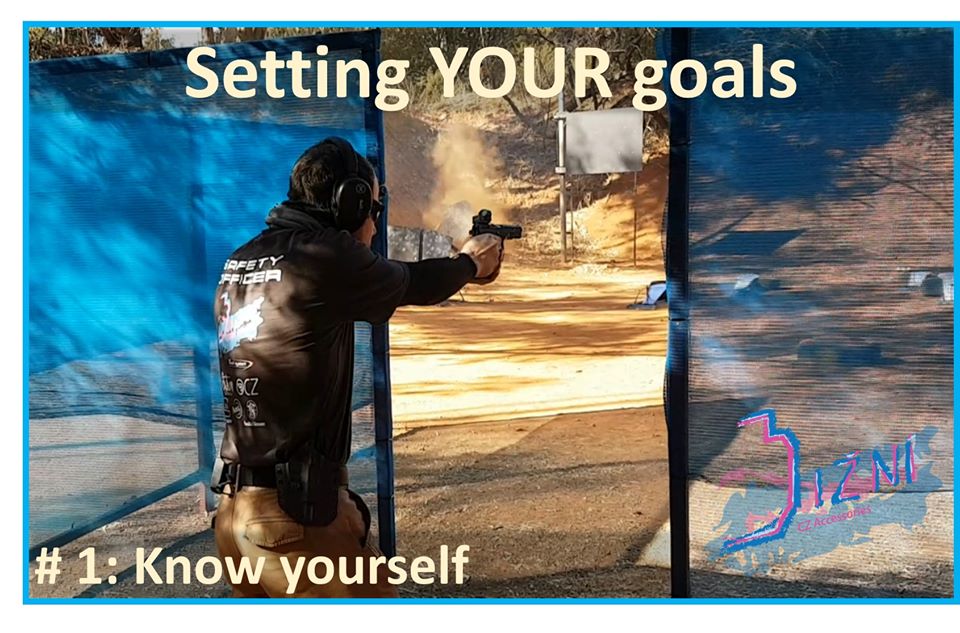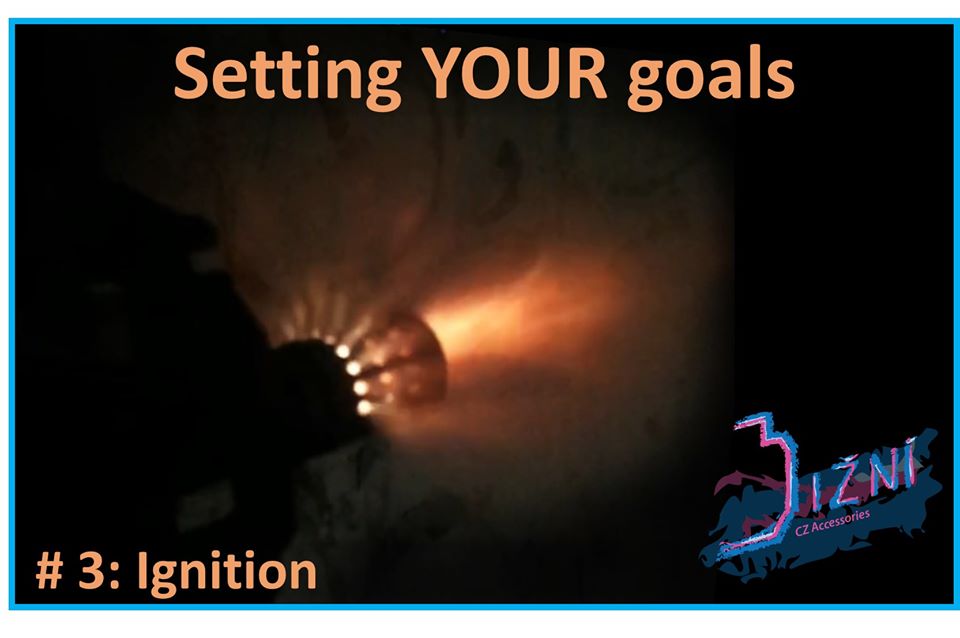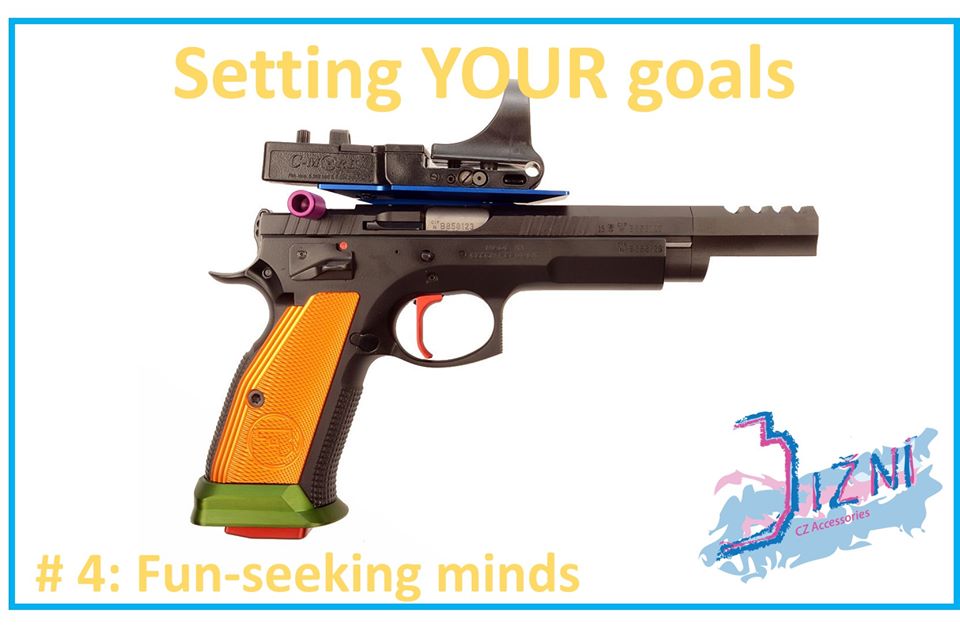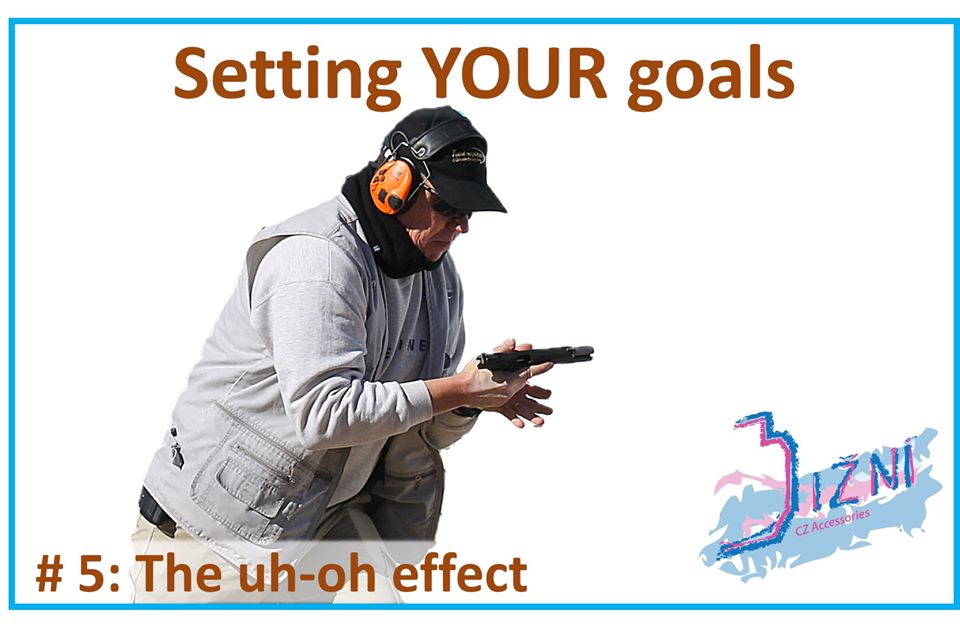No products
Manufacturers
Categories
- AK-47 Pattern Rifles
- AR-15 Accessories
- Beretta Accessories
- Canik Accessories
- CZ Accessories
- CZ P-07 & Duty
- CZ P-09
- CZ P-10 Series
- CZ Shadow 1
- CZ Shadow 2
- CZ Shadow 2 Compact
- Competition rigs (Shadow 2 Compact)
- Holsters (Shadow 2 Compact)
- Magazine pouches (Shadow 2 Compact)
- Sights (Shadow 2 Compact)
- Optic Mounts (Shadow 2 Compact)
- Grips (Shadow 2 Compact)
- Service Parts (Shadow 2 Compact)
- Magazine Wells (Shadow 2 Compact)
- Performance Parts (Shadow 2 Compact)
- Magazines (Shadow 2 Compact)
- P-01 / Compact
- P-01 Omega
- CZ 75 B
- CZ 85
- CZ 75 Tactical Sport
- CZ Scorpion
- Older CZ 75 (Pre-B)
- CZ 97 B
- CZ Branded Items
- Glock Accessories
- GLOCK Gen 1 - 3
- Holsters (Glock)
- Magazine Pouches (Glock)
- Competition rigs (Glock)
- Magazines (Glock)
- Performance Parts (Gen 3)
- Sights (Glock)
- Optic Mounts (Glock Gen 3)
- Lights / lasers (Glock)
- Spare Parts (Gen 3)
- Tools (Glock)
- Carbine Conversions (Gen 3)
- Grip Enhancements (Glock)
- Magazine Wells (Gen 3)
- Magazine Bases (Gen 3)
- GLOCK Gen 4
- Holsters (Glock)
- Magazine Pouches (Glock)
- Competition rigs (Glock)
- Sights (Gen4)
- Optic Mounts (Glock)
- Lights / lasers (Glock)
- Performance Parts (Glock Gen 4)
- Magazine Wells (Gen 4)
- Magazines (Glock)
- Magazine Bases (Gen 4)
- Tools (Glock)
- Spare parts (Glock Gen 4)
- Grip Enhancements (Glock)
- Carbine Conversions (Glock)
- GLOCK Gen 5
- Glock Slimline
- Holsters (Glock Slimline)
- Magazine Pouches (Glock Slimline)
- Magazines (Glock Slimline)
- Magazine Bases (Slimline)
- Performance Parts (Glock Slimline)
- Sights (Glock Slimline)
- Lights / lasers (Glock Slimline)
- Tools (Glock)
- Grip Enhancements (Glock Slimline)
- Optic Mounts (Slimline)
- Spare parts (Glock Slimline)
- Glock Branded Items
- GLOCK Gen 1 - 3
- Sig Sauer Accessories
- Smith & Wesson Accessories
- 1911 Accessories
- Vektor Accessories
- Long guns (rifle / shotgun)
- Lights and Lasers
- Gun Belts
- Gun Slings
- Training Aids
- Range Time
- Gun Care
- Reloading
- Miscellaneous
- Featured Products
- Tools
- End of line specials.
- Grand Power
- Optical Sights
Shooting goals
If you are aiming for the top, you have probably read everything written about goals by the top shooters. But not everybody wants to aim for the top. Even those who do, can’t do it all the time as priorities change. I put some thought into it over the holidays and compiled a list of concepts that might not receive mention in books about all-out winning.

Know yourself
Marcus Buckingham, author of “Now, discover your strengths” may not be a top shooter, but his company did interview more than two million people about their strengths. He makes a clear distinction between the need to Achieve and Competitiveness (along with 28 other character traits.) According to Buckingham, “Achiever describes a constant need for achievement. You have an internal fire burning inside you.” Competitiveness, on the other hand, requires other competitors: “No matter how hard you tried, no matter how worthy your intentions, if you’ve reached your goal but did not outperform your peers, the achievement feels hollow.”
I, for example, am driven more by Achieving than by Competition. My most vivid shooting memories are not about when I won the IDPA Africa Champs, but about these weird “video clips” of me trying something in a stage and succeeding or (more often) not! A good goal for me is therefore not one supported by a mental picture of receiving a trophy, but of me doing something that I couldn’t manage before.

The ONE thing
Everybody remembers the grumpy old cowboy, Curly, revealing his doctrine to the City Slicker Mitch in the 1991 movie: “One thing. Just one thing. You stick to that.” Far from being just a quirky philosophy, systems theorists have long understood that systems are not linear and that a small change at the right place can make a massive difference to the whole.
Gary Keller makes this more tangible in his book “The One Thing” by describing it as “The one thing that I can do such that, by doing it, everything else will be easier or unnecessary.”
This is quite an abstract concept, but as shooters we are blessed with a very concrete example: We need to master a lot of different techniques, but most of these start with following through and end with trigger control. If we can master those, shots will group closer around where the sights are pointing. Even when the sights are not pointing exactly at the center of the target, you will make the hit and … everything else will be easier.
I’m not suggesting trigger control as a shooting goal (although most people could do worse), but it is a great example of looking for high leverage areas rather than spreading your effort across the spectrum.

Ignition
Gary Keller (‘The One Thing’) describes willpower as being incredibly powerful, but “like a fast-twitch muscle that gets tired and needs rest.” Daniel Coyle, author of ‘The Talent Code’, agrees: “Deep practice isn’t a piece of cake: it requires energy, passion and commitment. In a word, it requires motivational fuel.”
Such motivation comes from what Coyle calls Primal Cues: simple, direct signals that activate our built-in motivational triggers. Primal cues could be coming from a role model, a sense of belonging, the language we use etc. Whatever the case, it should be focused (did I mention knowing yourself?), and plentiful. Coyle visited talent hotbeds all over the world and found such places to be saturated with small, continuous messages that reinforces the overall goal.
Watch videos, read, talk to fellow enthusiasts. Fill the time between practice sessions with primal cues that will boost your performance during practice sessions.

Fun-seeking minds
Most shooters that I meet at club matches find it difficult to agree with Mikhail Baryshnikov that ‘Fundamentals are the building blocks of fun.’ Vital, yes, but fun?
Top shooters agree about the role of fundamentals. Ben Stoeger (‘Practical Pistol’) explains it as follows: “The point is to learn it well enough you don’t need to think about it. You can’t do well when you need to constantly think ‘pull the trigger like this’ when you are trying to shoot a stage. It all needs to be internalised.” Larry Basham (‘With Winning in mind’) believes that all great performances are accomplished subconsciously. He describes how we get there: “We develop skills through repetition of conscious thought until the subconscious mind automatically performs them. The conscious trains the subconscious.” Basically lots of repetition.
The world-famous Suzuki method for teaching the violin emphasises the importance of children as young as four still having fun while playing thousands of repetitions of the same basic piece: ‘Twinkle twinkle little star’. Shin’ichi Suzuki (‘Nurtured by love’) describes putting fun-seeking minds to good use: With children who are already able to play the ‘Twinkle Variations’ with sufficient ease, we play a game. They have to answer questions while continuing to playing the violin: “How many legs do you have? How many eyes? How many noses?” If they can do this while correctly playing the piece, it means that the ability that they have acquired is soundly developed. If the ability has not yet been sufficiently fostered, it will take everything in them to simply continue playing, unable to utter a syllable.” As they progress, they learn to enjoy the game, all the while nudging their overall ability to an even higher plane.
Trigger control and follow-through is my One Thing, so I spend more of my practice time on it than most. Yet, I can’t remember ever getting bored with it. Like those little Japanese kids, the smallest things can challenge my fundamentals: doing a reload, taking a step, changing speed and distance. If the groups open up, I don’t really mind, but if the mean point moves, I know my fundamentals are slipping. Incorporating these small challenges into my practice sessions not only help me to develop my ‘on-demand’ abilities but also keeps it interesting.

The uh-oh effect
I could have called this concept 'Reload', because no matter how dedicated we are to our new year's resolutions (sorry, shooting goals), somewhere along the line we run out of ammo and have to reload. ‘Not breaking the chain’ (i.e. ‘I will practice every day’) is only motivational for as long as the chain is holding. Any longish slip and the motivational value is as gone as brass left on the ground.
Daniel Pink studied people’s natural sense of time for his book ‘When’. Using data such as gym membership and Google searches, he found evidence of people making fresh starts anchored to various dates throughout the year. Endings have equal motivational value. Not only do more first-timers run marathons at age 29, 39 and 49, but frequent runners post better times as they approach a milestone in their lives. Midpoints, as vague as they are, hold significant value as well. Project teams and companies alike seem to sense the midpoint to a deadline and acquire a new sense of urgency. Even sports teams who are slightly behind at half time have been shown to win more often than teams who are slightly ahead.
So how do we make use of this in our shooting goals? Simple – interim goals. Matches make for great deadlines. I have this unofficial, low-ball fallback goal in the back of my mind. Whatever I’m aiming for, if I break the chain, I’ll at least cram x amount of practice into the week before the match. This doesn’t make for any great advances, but it does help me to transition to a more intensive schedule when the opportunity (or pressing need) arises.
Conclusion
I like to believe that shooting plays a positive role in my life and that of my clients. For some shooters it fills a need to perform. These shooters focus on the outcome and put in whatever it takes. Other shooters perform in other fields, They need to manage the amount of resources they invest in shooting carefully. As someone who mostly finds myself in the latter category, I found the ideas described above very helpful.




